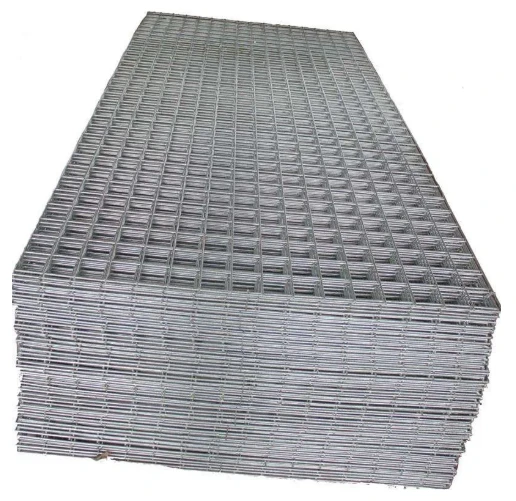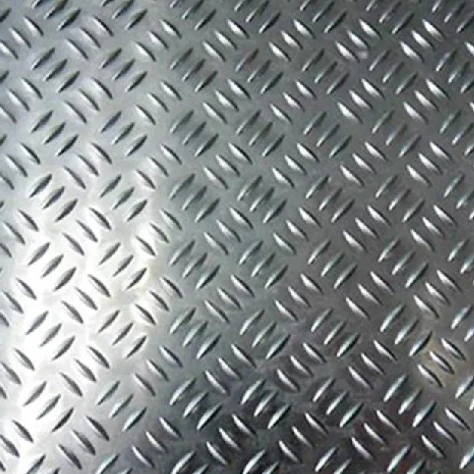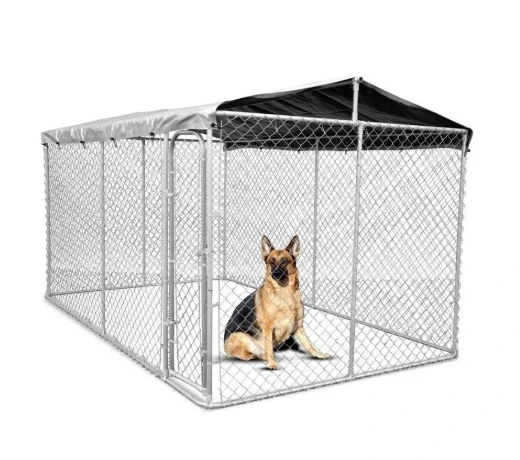In the face of escalating environmental challenges, the construction and design industries are under increasing pressure to adopt more sustainable practices. Green architecture, which emphasizes eco-friendly materials and energy-efficient designs, is rapidly gaining momentum as a solution to this dilemma. Among the many innovative approaches to sustainable building, gabion boxes stand out as a versatile, cost-effective, and environmentally friendly choice. As urbanization continues to expand and environmental concerns intensify, gabion boxes are becoming integral to the future of green architecture.
The Versatile of Gabion Box
A gabion box is essentially a wire mesh container filled with natural materials like stones, rocks, or even recycled debris. Historically used in civil engineering for erosion control and flood defense, gabion planter box has found a new purpose in contemporary architecture. Their versatility, both in function and aesthetic appeal, makes them an ideal solution for sustainable design projects.
Gabion boxes are typically constructed using galvanized steel or stainless steel wire mesh, which is then filled with various materials. The contents of the gabions can range from large, locally sourced rocks to smaller pebbles or even recycled materials such as concrete rubble. This flexibility in material choice allows designers to tailor gabion boxes to suit different environmental conditions, building styles, and sustainability goals.
Sustainability and Environmental Benefits of Gabion Box
One of the most compelling reasons why gabion wire baskets are at the forefront of green architecture is their sustainability. The use of locally sourced, natural materials reduces the carbon footprint associated with transportation and manufacturing. Stones and rocks, which are abundant and require little processing, are often the primary filling material for gabions. In fact, many gabion projects use recycled materials, such as crushed concrete or reclaimed stones, further decreasing the environmental impact.
Durability and Low Maintenance of Gabion Box
Gabion boxes are renowned for their durability. The wire mesh is designed to withstand harsh weather conditions, including high winds, rain, and temperature extremes. The materials used to fill the boxes—whether stone, gravel, or concrete—are also extremely resilient and require little to no maintenance over time. This longevity makes gabions an ideal choice for both temporary and permanent structures.
Another advantage of box gabion is their resistance to erosion. Unlike traditional concrete or wooden walls, gabion structures do not degrade over time, and their open structure allows for better water flow, preventing soil erosion. As a result, gabion boxes are commonly used in landscaping projects, where they help stabilize slopes and prevent land degradation.
Aesthetic and Functional Design of Gabion Box
Beyond their environmental and structural benefits, gabion rock boxes offer significant aesthetic appeal. The natural stone appearance of gabions lends a rustic, timeless quality to any building or landscape. This versatility in design makes gabions an attractive alternative to more conventional building materials like concrete or brick.
Gabion boxes are poised to play a key role in the future of green architecture. Their eco-friendly design, durability, and versatility make them an excellent choice for sustainable building practices. Whether used for retaining walls, noise barriers, or decorative elements, gabion boxes offer a unique combination of functionality and aesthetic appeal. As the demand for sustainable construction practices continues to grow, gabion boxes represent an effective, innovative solution that aligns with the principles of green architecture.






















